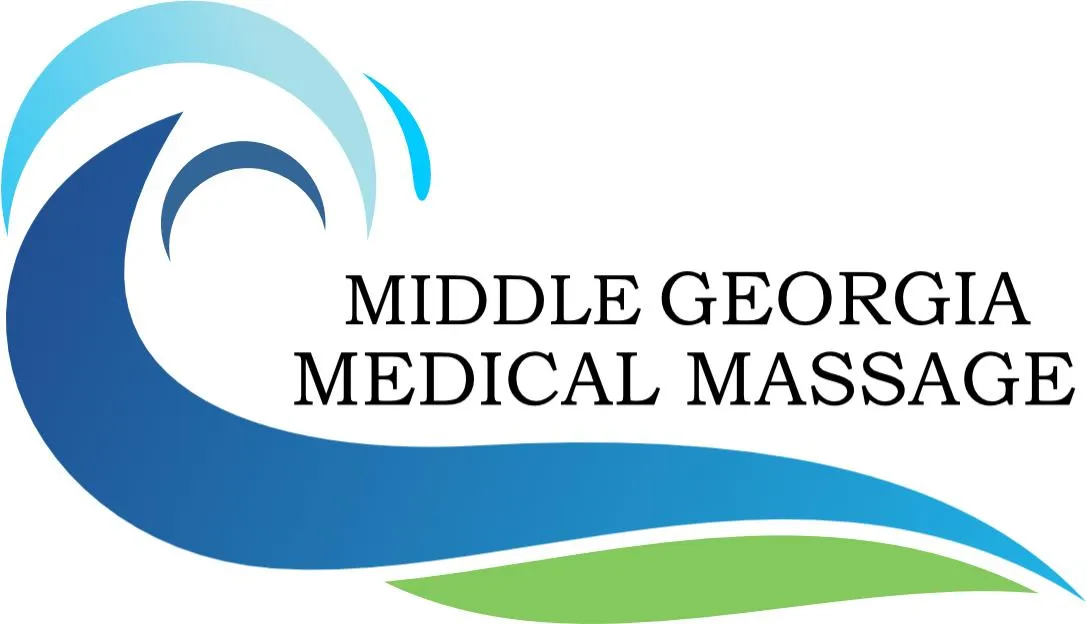Sciatica
Sciatica is a symptom not a diagnosis. Pain and other symptoms in the buttocks and backs of the legs are collectively called “sciatica”. It is usually assumed that sciatica is caused by a variety of structural and muscular conditions that result in an impingement of the sciatic nerve or a nerve in the spine.
There are basically two categories of sciatic pain and related symptoms: vertebral and muscular. It is not uncommon to have both vertebral and muscular sciatic pain at the same time.
Vertebral
A herniated disk or bulging disk can be the origin of sciatic pain. These conditions can cause an extreme amount of pain by pinching spinal nerves caught between misaligned vertebrae. Massage Therapists cannot diagnose or treat spinal conditions. It is highly recommended that you consult a physician or chiropractor and seek medical attention. Your physician or chiropractor may need to take X-rays or schedule an MRI to evaluate the situation properly. Once a diagnosis is made, a complete plan of treatment can be outlined. It is important to ask your doctors about contraindications or indications regarding Massage Therapy treatment.
Muscular
One of the indicators that your sciatic symptoms and back pain are muscular in origin is that they often feel worse in the morning and slowly get more tolerable as the day goes on. An experienced Massage Therapist that is well versed in Trigger Point Therapy can evaluate the muscles and form a plan to give you much needed relief.
Pain and other symptoms in the hips, low back, legs and buttocks are usually the composite effects from more than one muscular problem. An overview of a few of the ones involved that can be effectively treated with massage are:
Quadratus Lumborum: Trigger points in the quadratus lumborum muscle restrict pelvic movement, causing trigger points to develop in the gluteus muscles, which in turn can cause symptoms of sciatica. The pain from trigger points in the quadrates lumborum muscle is often mistaken for arthritis in the spine, disk problems, sciatica or bursitis in the hip. Sometimes these muscles are traumatized in falls or auto accidents. The tension in the quadrates lumborum muscle can pull your lumbar vertebra or the sacroiliac joint out of place. This action can cause you to hold one hip higher than the other or can exaggerate the curve in your back making you to appear to have scoliosis.
Gluteus Maximus: The main function of the gluteus maximus is hip extension. It is the main muscle that helps you get up from a sitting position. Trigger points in the gluteus maximus can refer pain all the way to the hip area. Trigger points can come from unaccustomed gym exercise or from a sudden hard contraction – like when you fall or catch yourself from falling.
Gluteus Minimus: This is the smallest of the gluteal muscles and supports the pelvis during walking. Trigger points in this area can cause pain down the back, the side of the thigh, down the lower leg and even in the ankle. Carrying a thick wallet in your back pocket can lead to gluteus minimus trigger point formation. Many people develop trigger points in this area when they “limp” to favor a bad knee, ankle or foot.
Piriformis: The piriformis is the largest and most important of the hip rotator muscles. Trigger points and myofascial dysfunction in the piriformis can rotate the sacroiliac joint causing a great deal of pain. The resulting tilted sacrum can even make you appear to have one leg shorter than the other. If you have a hard time crossing your legs or rotating them inward, there is a good chance that there are multiple trigger points in the piriformis muscle.
TYPES OF MASSAGE
CONDITIONS TREATED
Frozen Shoulder
Cervical Strain
Torticolis
Whiplash
Lumbago
TMJD
Plantar Fasciitis
Tennis/Golfers Elbow
Fibromyalgia
Arthritis
Strain/Sprain
Scoliosis/Kyphosis/Lordosis
CONDITIONS TREATED
Frozen Shoulder
Cervical Strain
Torticolis
Whiplash
Lumbago
TMJD
Plantar Fasciitis
Tennis/Golfers Elbow
Fibromyalgia
Arthritis
Strain/Sprain
Scoliosis/Kyphosis/Lordosis


Sandy Chase, LMT, MMP - Lic. # MT003469
Copyright © 2025 Middle Georgia Medical Massage LLC, All Rights Reserved · 2134 Georgia HWY 18 East · Macon, GA · 31217
Sandy Chase, LMT, MMP - Lic. # MT003469
Copyright © 2025
Middle Georgia Medical Massage, All Rights Reserved
2134 Georgia HWY 18 East · Macon, GA · 31217
The information contained on this site herein is for educational purposes only and is not meant for diagnosis or treatment. Any information found on this site should be discussed with a health care professional. Use of this information should be done in accordance with the health care plan outlined by your health care professional. For specific medical advice, diagnosis and treatment, consult your doctor.
